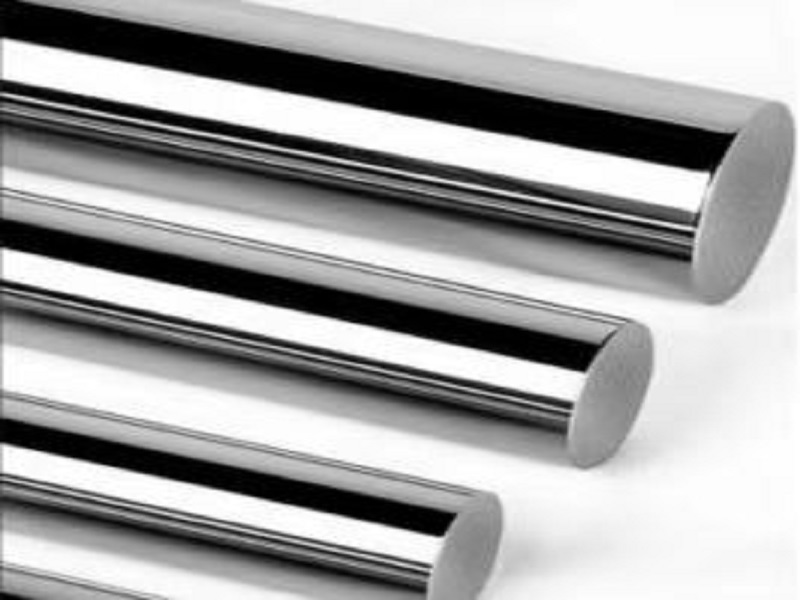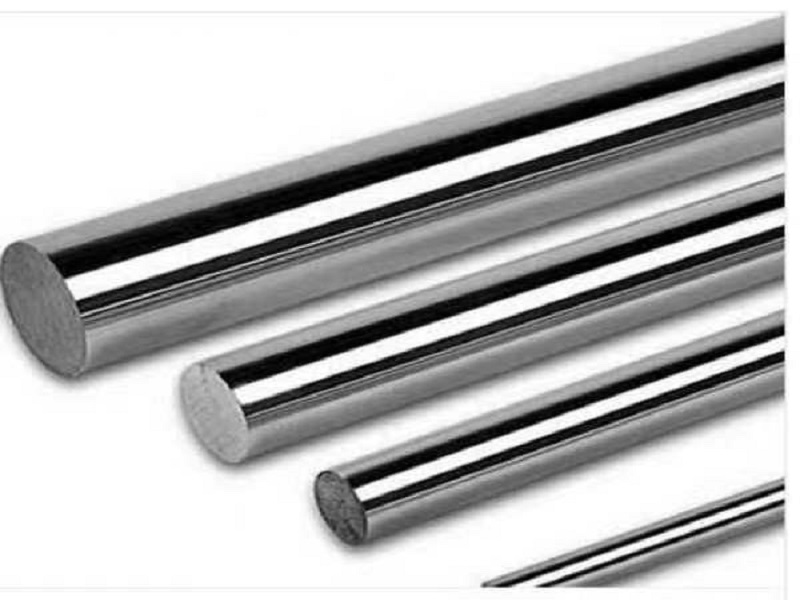

Chromium plating is the process of covering or coating an object with a layer of chromium for aesthetic and/or protective purposes.
Since chromium is a naturally occurring metallic element, chromium plating of objects increases their wear/strength and improves corrosion resistance; It can also change the appearance of an object, giving it a metallic and often highly polished appearance.

There are two main types of chrome plating – hard chrome and decorative chrome.
If you primarily want to extend the life of an object, you will choose hard (or engineered) chrome plating. Decorative chrome plating adds a thin layer of chromium for aesthetic purposes.
Chromium plating of complex parts should be pictographic anode cylindrical parts should be cathodic protection at both ends to avoid the phenomenon of burning and thin coating in the middle of the parts with edges and corners, tip can be shielded by metal wire.


Chromium plating is the process of covering or coating an object with a layer of chromium for aesthetic and/or protective purposes.
Since chromium is a naturally occurring metallic element, chromium plating of objects increases their wear/strength and improves corrosion resistance; It can also change the appearance of an object, giving it a metallic and often highly polished appearance.
There are two main types of chrome plating – hard chrome and decorative chrome.
If you primarily want to extend the life of an object, you will choose hard (or engineered) chrome plating. Decorative chrome plating adds a thin layer of chromium for aesthetic purposes.
Chromium plating of complex parts should be pictographic anode cylindrical parts should be cathodic protection at both ends to avoid the phenomenon of burning and thin coating in the middle of the parts with edges and corners, tip can be shielded by metal wire.


For Further Details,Please Feel Free To Contact Us: